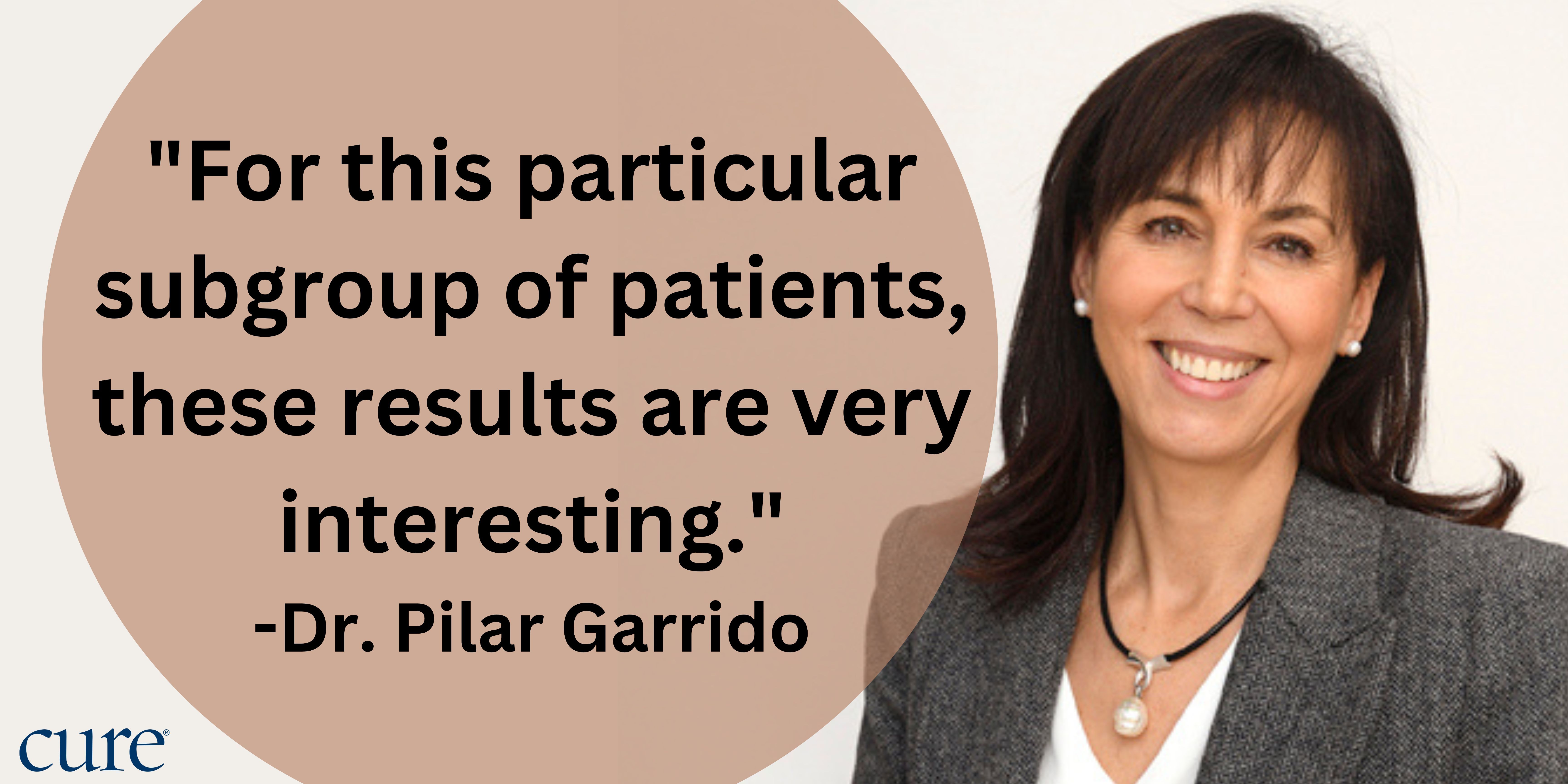Article
Rybrevant Is Efficacious, Tolerable in EGFR Exon 20-Mutant Lung Cancer
Author(s):
Two-year follow-up data showed that Rybrevant was promising in a difficult-to-treat subtype of non-small cell lung cancer.
Rybrevant (amivantamab) proved to have promising overall response rates in patients with non-small cell lung cancer (NSCLC) that harbors EGFR exon 20 insertion mutations, according to follow-up data presented at the European Lung Cancer Congress.
The findings also showed that there were no new side effects beyond what has already been examined for the drug.
Rybrevant is promising for patients with EGFR Exon 20-mutant lung cancer, Dr. Pilar Garrido said.

“In terms of long-term results, we saw that more than 40% of patients received (Rybrevant) for more than 1 year. For this particular subgroup of patients, these results are very interesting,” study author Dr. Pilar Garrido, associate professor of oncology at the Universidad de Alcalá in Madrid, Spain, said in an interview with CURE®.
The findings included data from 114 patients with EGFR exon 20 insertion-mutant NSCLC that previously progressed on platinum-based chemotherapy.
At an average follow-up of 19.2 months, 42% of patients were still alive, with an overall response rate (the percentage of patients whose disease shrunk as a result of treatment) of 37%. The average duration of response was 12.5 months, and patients lived for an average of 6.9 months before their disease spread or got worse. Median overall survival, which is defined as the time from treatment until death of any cause, was 23 months.
These results are promising for this patient population because before Rybrevant, the exon 20 insertion mutation could not be targeted with the available oral tyrosine kinase inhibitors.
In May 2021, the Food and Drug Administration (FDA) approved Rybrevant for patients with NSCLC that harbors EGFR exon 20 insertion mutations, marking the first targeted therapy for this patient population. Prior to the approval, these patients were typically treated with platinum-based chemotherapy combinations, which, according to an expert from the Perlmutter Cancer Center, did not result in high response rates.
The updated findings presented at the European Lung Cancer Conference showed that Rybrevant was also active in subgroups of patients with the disease, including:
- Elderly patients, with an overall response rate of 32% and 33% for those ages 65 and older and 75 and older, respectively,
- Heavily pretreated patients (overall response rate of 53% for those who had two or more prior lines of therapy, including overall response rates of 42% and 52% for those who had prior immunotherapy and EGFR TKI therapy, respectively) and
- Patients whose disease was sensitive or resistant to prior platinum-based chemotherapy (overall response rate of 36% and 31%, respectively).
The most frequent side effects of any severity from Rybrevant included rash (89%) and infusion-related reactions (67%). These reactions typically were easily managed, according to Garrido.
“In terms of toxicities, the most common were rash and infusion-related reaction, (which was) acute, mostly in the first cycle, and now we know how to manage it,” Garrido said. “It’s a very common (side effect) but is not really a problem for patients because we can manage it properly.”
Looking ahead, Garrido said that Rybrevant will continue to be studied in earlier settings, such as in patients who have not previously been treated as well as in combination with chemotherapy.
“(Now that) this drug has been proved to be active in the pretreated setting, (Rybrevant) is currently being explored in the firstline setting, meaning at the moment of diagnosis,” Garrido said. “Currently there is a trial ongoing that that compares chemotherapy — which is the current standard of care (for these patients) — with chemotherapy plus (Rybrevant).”
For more news on cancer updates, research and education, don’t forget to subscribe to CURE®’s newsletters here.




